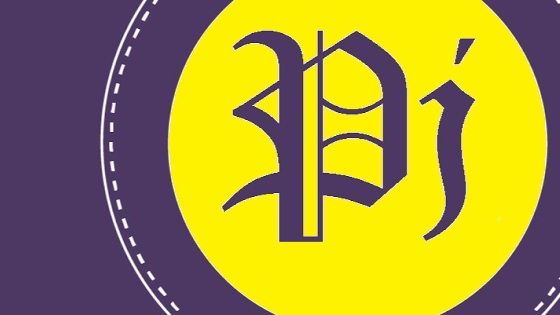Modern abortion law
 Current laws pertaining to abortion are diverse. Religious, moral, and cultural factors continue to influence abortion laws throughout the world. The right to life, the right to liberty, the right to security of person, and the right to reproductive health are major issues of human rights that sometimes constitute the basis for the existence or absence of abortion laws. Read more: Abortion. From Wikipedia, the free encyclopedia. https://en.wikipedia.org/wiki/Abortion.In jurisdictions where abortion is legal, certain requirements must often be met before a woman may obtain a safe, legal abortion (an abortion performed without the woman's consent is considered feticide). These requirements usually depend on the age of the fetus, often using a trimester-based system to regulate the window of legality, or as in the U.S., on a doctor's evaluation of the fetus' viability. Some jurisdictions require a waiting period before the procedure, prescribe the distribution of information on fetal development, or require that parents be contacted if their minor daughter requests an abortion. Other jurisdictions may require that a woman obtain the consent of the fetus' father before aborting the fetus, that abortion providers inform women of health risks of the procedure—sometimes including "risks" not supported by the medical literature—and that multiple medical authorities certify that the abortion is either medically or socially necessary. Many restrictions are waived in emergency situations. China, which has ended their one-child policy, and now has a two child policy, has at times incorporated mandatory abortions as part of their population control strategy. Read more: Abortion. From Wikipedia, the free encyclopedia. https://en.wikipedia.org/wiki/Abortion.
Current laws pertaining to abortion are diverse. Religious, moral, and cultural factors continue to influence abortion laws throughout the world. The right to life, the right to liberty, the right to security of person, and the right to reproductive health are major issues of human rights that sometimes constitute the basis for the existence or absence of abortion laws. Read more: Abortion. From Wikipedia, the free encyclopedia. https://en.wikipedia.org/wiki/Abortion.In jurisdictions where abortion is legal, certain requirements must often be met before a woman may obtain a safe, legal abortion (an abortion performed without the woman's consent is considered feticide). These requirements usually depend on the age of the fetus, often using a trimester-based system to regulate the window of legality, or as in the U.S., on a doctor's evaluation of the fetus' viability. Some jurisdictions require a waiting period before the procedure, prescribe the distribution of information on fetal development, or require that parents be contacted if their minor daughter requests an abortion. Other jurisdictions may require that a woman obtain the consent of the fetus' father before aborting the fetus, that abortion providers inform women of health risks of the procedure—sometimes including "risks" not supported by the medical literature—and that multiple medical authorities certify that the abortion is either medically or socially necessary. Many restrictions are waived in emergency situations. China, which has ended their one-child policy, and now has a two child policy, has at times incorporated mandatory abortions as part of their population control strategy. Read more: Abortion. From Wikipedia, the free encyclopedia. https://en.wikipedia.org/wiki/Abortion.Other jurisdictions ban abortion almost entirely. Many, but not all, of these allow legal abortions in a variety of circumstances. These circumstances vary based on jurisdiction, but may include whether the pregnancy is a result of rape or incest, the fetus' development is impaired, the woman's physical or mental well-being is endangered, or socioeconomic considerations make childbirth a hardship. In countries where abortion is banned entirely, such as Nicaragua, medical authorities have recorded rises in maternal death directly and indirectly due to pregnancy as well as deaths due to doctors' fears of prosecution if they treat other gynecological emergencies. Some countries, such as Bangladesh, that nominally ban abortion, may also support clinics that perform abortions under the guise of menstrual hygiene. This is also a terminology in traditional medicine. In places where abortion is illegal or carries heavy social stigma, pregnant women may engage in medical tourism and travel to countries where they can terminate their pregnancies. Women without the means to travel can resort to providers of illegal abortions or attempt to perform an abortion by themselves.
The organization Women on Waves, has been providing education about medical abortions since 1999. The NGO created a mobile medical clinic inside a shipping container, which then travels on rented ships to countries with restrictive abortion laws. Because the ships are registered in the Netherlands, Dutch law prevails when the ship is in international waters. While in port, the organization provides free workshops and education; while in international waters, medical personnel are legally able to prescribe medical abortion drugs and counseling. Read more: Abortion. From Wikipedia, the free encyclopedia. https://en.wikipedia.org/wiki/Abortion.



